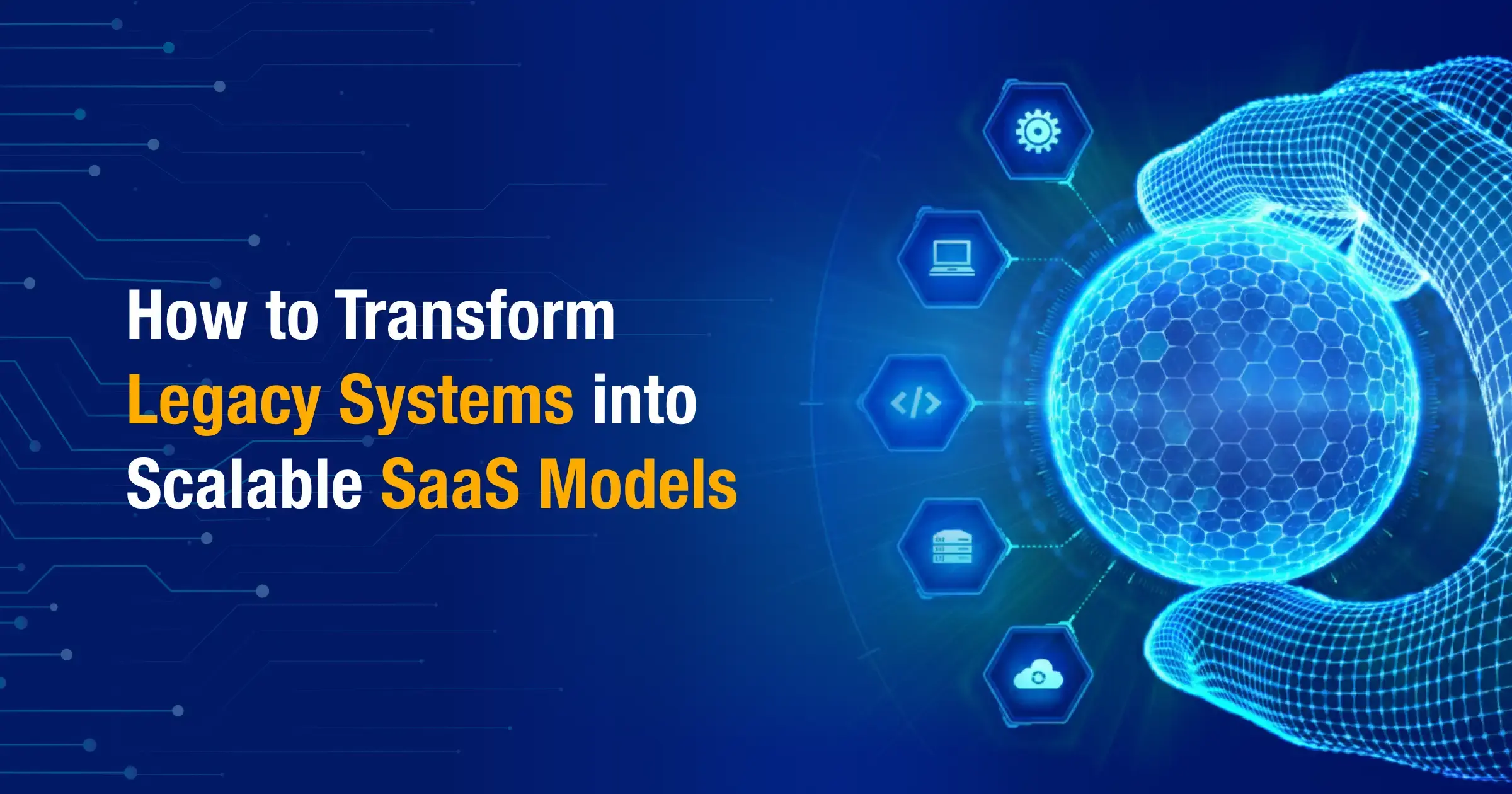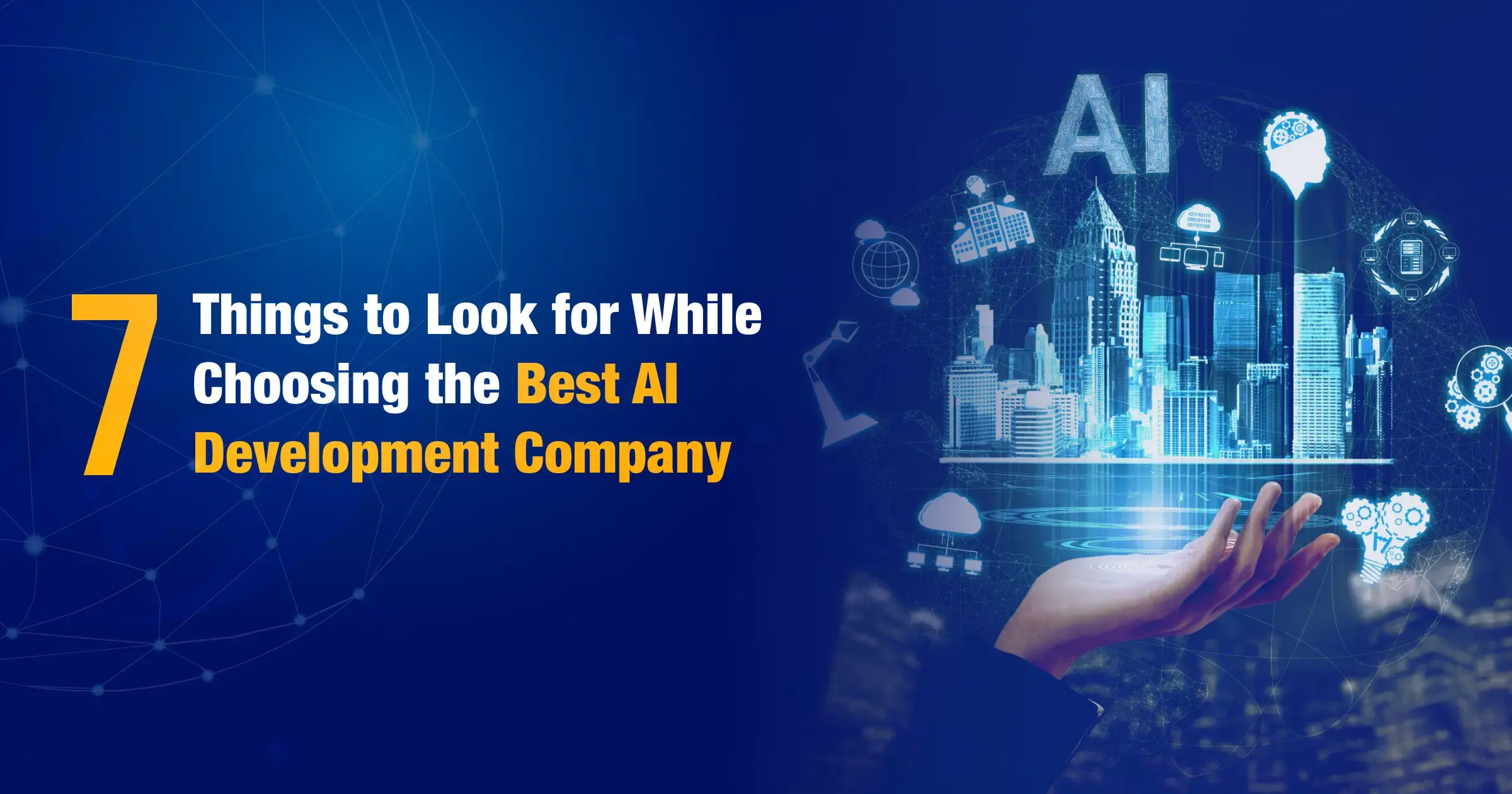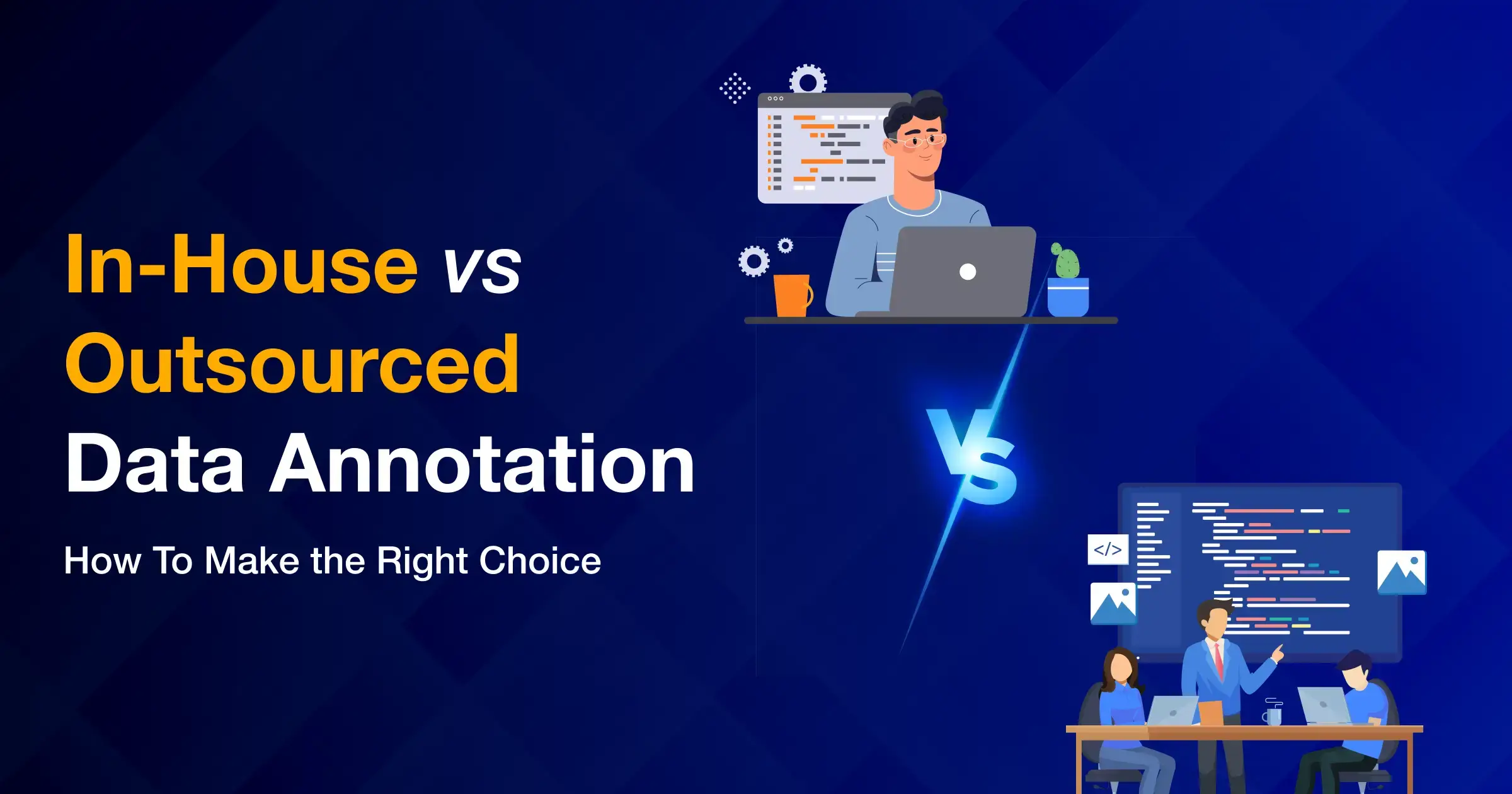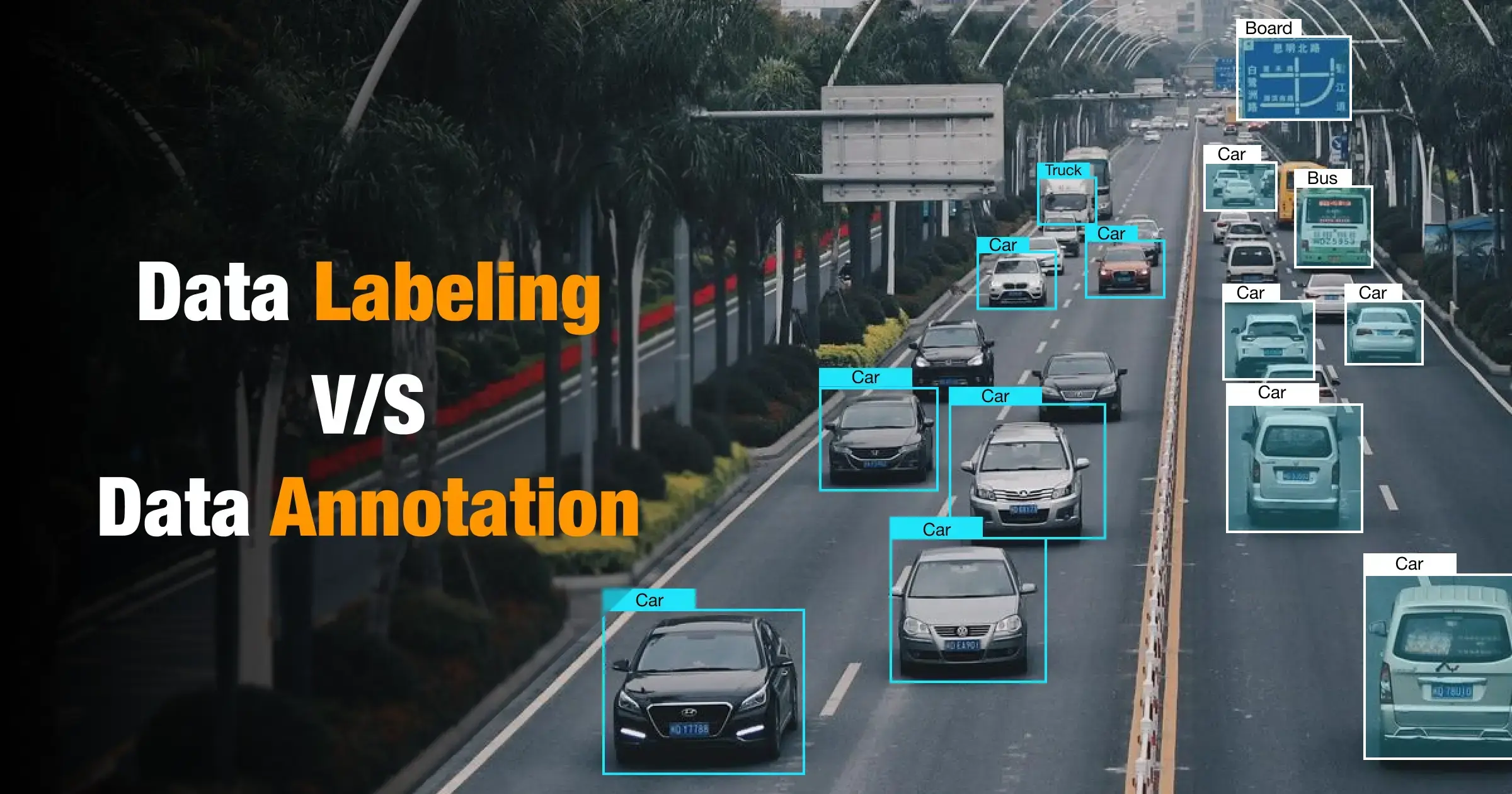
Overview
Why having a real strategy for SaaS adoption is such a redefining moment for any business? Let’s contemplate a relatable way to think about it: Imagine trying to run a marathon without any real training or diet plans, but instead, you just lace up your shoes and hope for the best. Hope is good, yes, but it has real impact when it’s coupled with a proper plan.
That’s what adopting SaaS development without a strategy feels like for many teams. Sure, you might get started quickly, but is that really going to get you across the finish line efficiently, or just leave you gasping for breath halfway through?
Why Should Your Business Need Seamless SaaS Adoption
These days, to move from traditional software to cloud-based models is more than just about tech upgrades, but about big shifts in how you manage everything. Cloud computing services let businesses scale faster, adapt to sudden changes, and avoid locking themselves into clunky old systems. According to Gartner, by 2028, more than 75% of enterprises will be using SaaS solutions for essential functions like finance, HR, and operations.
But the catch here is that if you don’t approach SaaS adoption with a plan, things can get a bit complicated, and before you know it, you might end up with too many overlapping tools and data stuck in different silos.
So why is reactive SaaS deployment a slippery slope?
Can’t we just pick the tool that looks best and start using it?
It sounds easy, right? But that’s how businesses find themselves paying for three project management platforms that do the same thing, or discover that their sales app won’t talk to their HR system at all. To make these choices on the go means businesses missing out on real synergy and wasting budget.
What’s the harm in going ad-hoc if it means we move faster?
- When you build a SaaS adoption strategy, you’re drawing a roadmap for how every tool will fit with your business needs and future plans.
- You avoid paying for overlapping solutions and set clear parameters for data management and security.
- You create a training plan so your team actually gets value out of each tool, and doesn’t struggle with constant change.
Is there really a difference between reacting and planning with SaaS?
Absolutely. Strategic deployment means building for long-term growth. Reactive moves might look good today, but scaling up always exposes cracks if the fundamentals aren’t solid.
A real SaaS development strategy, be it for a small startup or a global enterprise, isn’t an extra. It’s what separates businesses that grow smoothly from those that face challenges with their own tools down the road. Align your SaaS choices with your real business goals, and watch how much easier it gets to grow, adapt, and win.
Why Businesses Are Turning to SaaS
Why are so many businesses hopping on adopting SaaS into their workflows? Well, the reasons go beyond just following a trend. It is about real benefits that change the game, especially when it comes to cost, scale, the freedom to work anytime, anywhere.
Cost Efficiency That Makes Sense
Think about it. Traditional software often feels like buying a car upfront and maintaining it forever. SaaS? It is like subscribing to a ride-share service, where you pay for what you need, when you need it. No huge upfront cost, no hefty maintenance bills which means better cash flow and less financial stress. For small and medium businesses (SMBs) especially, this is a huge plus because the budget isn’t limitless.
Scalability Is Built Right In
SaaS isn’t just about replacing software development services but about adapting on the fly. Business growth is rarely linear, where some months might be booming, others slower. SaaS lets you scale your usage up or down without breaking a sweat. Need more licenses this quarter? Add them instantly. Need to dial back next month? No problem, you can opt accordingly. This flexibility beats traditional software especially on this aspect where scaling usually means buying more servers or licenses and waiting weeks or months.
Remote Accessibility Changed the Game
If the past years taught businesses anything, it’s that work doesn’t always happen in one place. SaaS apps live in the cloud, which can be accessible from anywhere with an internet connection.
That means whether your team works from a coffee shop in Brooklyn or an office in San Francisco, everyone’s on the same page. Collaboration tools, CRM systems, HR platforms, all reachable anytime, anywhere. No VPNs or complex setups needed.
So, what does this mean for businesses, especially SMBs and startups? They get access to enterprise-level tools and agility. Stations in every corner of the globe are now connected with enterprise-grade software tools used seamlessly by lean teams. That’s a real upgrade for smaller players competing with big companies.
Industry-Specific SaaS Transformations
Different industries see SaaS development shake things up in very particular ways:
- Healthcare SaaS applications now speed up patient management and telehealth services, that grow annually. Data security and compliance like HIPAA integration come built-in, removing huge burdens from providers.
- When it comes to financial software solutions for compliance, trading platforms, and analytics help firms react faster to markets and regulations. This sector leads SaaS revenue across the globe.
- Retail SaaS powered e-commerce and inventory platforms make it simpler to respond to shifting customer demands, as they track sales in real-time and scale for seasonal swings without heavy IT investment.
Is SaaS just a fad, or the future of business software?
It’s definitely the future. Companies that stick with old on-premise systems face the risk falling behind in agility, cost control, talent attraction, and more.
The bottom line here is that SaaS adoption is a smart move that gives businesses, be it big or small, a competitive edge in an ever-changing marketplace.
Building Your SaaS Adoption Strategy Step by Step

To build a solid SaaS adoption strategy requires careful planning and considerations. It is essential that it will support businesses grow sustainably, while helping them keep budgets in check and ensuring teams actually use, and benefit from, the software development you invest in.
Businesses cannot afford to skip steps here because they might result in lost opportunities. So let's walk through this step by step and make sure your SaaS journey builds real business value.
Setting measurable business objectives for SaaS investment
A strategy without clear goals is like setting sail with no destination in mind. What do you want your SaaS investments to achieve? Increased productivity? Cost savings? Faster customer response times? Defining measurable objectives gives you the North Star to guide decisions from tool selection to adoption efforts.
- Align SaaS goals tightly with business priorities
- Use quantitative targets (e.g., reduce manual processes by 30%)
- Involve key stakeholders to ensure shared objectives
- Revisit and adjust goals as business needs evolve
Choosing the right SaaS portfolio for your size and industry
Not every tool fits every organization. What works for a fast-growing startup won’t always work for a mid-market firm or an enterprise. Likewise, industry requirements, from compliance to workflow nuances, should shape your SaaS mix. Choose with an eye on scalability and relevance.
- Prioritize tools with demonstrated success in your sector
- Balance specialized solutions with versatile platforms
- Consider total cost of ownership beyond licensing
- Plan for future growth and complexity
Assess Business Needs Before Choosing Tools
Think beyond shiny features, rather focus on fixing real problems. Map out your critical workflows and pain points first. Don’t let feature overload seduce you into paying for bells and whistles your teams won’t use. Collaboration with stakeholders uncovers practical needs and prevents costly blind spots.
- Identify key processes that SaaS should optimize
- Gather input from end users and department leaders
- Distinguish must-have vs. nice-to-have features
- Avoid duplicating functionality already covered
Prioritize Integration and Compatibility
Even the best SaaS apps aren’t useful if they don’t play well with your existing systems. Avoid silos by planning interoperability up front. APIs and middleware aren’t just tech buzzwords as they’re your best friends for seamless workflows and accurate data flow.
- Verify API availability and compatibility before purchase
- Use middleware to bridge gaps without custom code
- Monitor for integration issues affecting user productivity
- Quantify the cost impact of disjointed systems
Plan for Data Security and Compliance
Handing over data to a SaaS vendor brings responsibility. Validate your provider’s security certifications like ISO 27001 or SOC 2. Know exactly which regulations apply to your business, GDPR, HIPAA, PCI DSS, and require compliance as a non-negotiable. Encryption and multi-factor authentication are keys to keeping your data locked tight.
- Check vendor security audit reports and certifications
- Map compliance requirements to SaaS features
- Insist on encryption both in transit and at rest
- Establish clear incident response protocols
Create a Clear SaaS Governance Model
Cloud chaos looms if you don’t set rules. Define who owns what, all from procurement decisions to monitoring usage. Usage policies prevent tool sprawl and outdated licenses from draining budget. Governance keeps renewal timelines visible and aligns SaaS spending with departmental goals.
- Assign SaaS ownership to specific roles or teams
- Implement usage policies to curb unnecessary subscriptions
- Set budget controls and approval workflows
- Schedule regular SaaS portfolio reviews
Focus on User Adoption and Training
What good is a powerful tool if no one knows how to use it? Change management is often overlooked but critical. Training must be role-specific, practical, and ongoing. Encourage feedback loops to catch challenges early and refine your approach for maximum adoption.
- Develop hands-on, role-based training materials
- Communicate benefits clearly to build buy-in
- Use champions within teams to drive adoption
- Collect and act on user feedback regularly
Track ROI and Performance Metrics
Don’t fly blind. Define KPIs like cost savings, productivity improvements, and adoption rates before launch. Direct impacts are easy to measure, but don’t ignore indirect benefits like faster customer response. Dashboards that monitor usage patterns help spot low engagement early and optimize value.
- Establish clear, actionable KPIs tied to business goals
- Use analytics tools to track real-time SaaS usage
- Compare baseline and post-implementation performance
- Regularly report findings to stakeholders
Taking time to build out these steps means your SaaS adoption won’t just be a rollout as it will be a growth enabler, tailored to your business realities and ready to scale as you do.
Common Considerations in SaaS Adoption
When you’re diving into SaaS adoption, it’s not just about picking a shiny new tool and crossing your fingers. There are some real-world weeds to navigate, issues that every business faces but doesn’t always plan for.
Vendor reliability, knowing when and how you might leave, and watching out for creeping subscription costs are all on that list. Let’s break these down with a straightforward, practical lens.
Vendor Reliability and Support SLAs
Ever bought software only to realize support feels like a black hole? That’s why Service Level Agreements or SLAs are your best friend here. SLAs lay out exactly what your vendor promises in terms of uptime, support response times, and issue resolution. Without one, you’re basically trusting, but hoping.
- SLAs define uptime guarantees (most aim for 99.9% or better) ensuring your SaaS tool won't leave you stranded during peak use
- Response and resolution times set expectations for how quickly issues get fixed, no more waiting days for answers
- Many SLAs include penalties if they miss targets, which means vendors are motivated to keep promises
- Look for transparency: vendors should provide easy access to their performance reports, so you’re never in the dark
Exit Strategies and Data Migration Options
Planning ahead for how you might leave a SaaS vendor sounds like a downer, but trust me, it’s smart business. Contracts get tricky, and sometimes platforms won’t give you your data in a usable format or make migration painful and expensive. Don’t get caught there.
- Ensure the contract spells out your data ownership and rights to retrieve your data anytime
- Ask about export tools or APIs that let you take your data easily when you leave
- Negotiate terms covering notice periods and cancellation fees upfront
- Think about contingencies: how will you maintain business continuity if a SaaS service is discontinued or underperforms?
Handling Subscription Cost Creep
Subscription costs often start low and manageable. But fast forward 6 months, and suddenly, that pricing has gone up or you’re paying for unused licenses and features you don’t need. It’s the hidden budget drain everyone talks about but few plan for well.
- Regularly audit SaaS usage to identify dormant licenses or unnecessary add-ons
- Consolidate subscriptions if overlapping features exist across different tools
- Negotiate vendor contracts with predictable pricing models or volume discounts
- Implement tools or processes that monitor SaaS spending and alert on anomalies
What’s worse, unexpected downtime or skyrocketing SaaS bills?
Both hurt, but downtime kills productivity and reputation instantly. High bills drain resources slowly but surely. The goal here is to mitigate both through smart planning and vendor management.
In the end, SaaS adoption isn’t “set it and forget it.” It demands constant attention to vendor reliability, smart exit planning, and watchful management of costs to keep your business running lean and mean.
How AI Is Transforming SaaS Adoption and Optimization
Even while many people are aware of the potential advantages of incorporating artificial intelligence into SaaS solutions, the sector is still in its infancy and many businesses are still unsure of the best ways to do so.
AI is already being incorporated into SaaS applications in a number of ways, despite this uncertainty. Machine learning algorithms are one such technique that uses massive data analysis to forecast and decide. For example, Salesforce's Einstein AI assists sales representatives in identifying possible leads and providing tailored suggestions through machine learning algorithms.
Natural language processing (NLP) technology is another application of AI in SaaS. NLP gives computers the ability to understand and interpret human language, which is useful for SaaS products like virtual assistants and chatbots. One AI-powered virtual assistant that can set up appointments, send emails, and send reminders is Microsoft's Cortana.
Is Your SaaS Adoption Future-Ready?
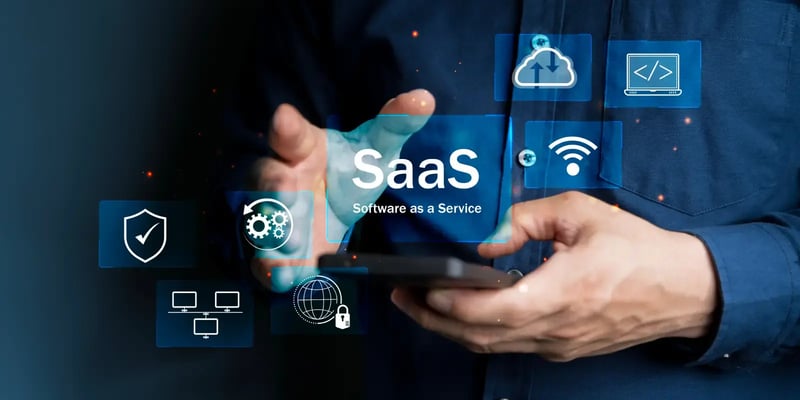
Is your SaaS adoption ready for tomorrow, or just comfortable with today? This question might feel simple, but it cuts right to the heart of sustainable growth.
Your SaaS strategy should grow as your business grows. No one wants to be stuck with tools that worked five years ago but now slow everything down.
Scaling SaaS isn’t just about adding more licenses but about making sure your systems can handle more users, more data, more complexity all without losing reliability or performance.
If you expect growth, the SaaS tools you pick must be ready for that journey, no matter how fast or uneven it gets.
Cloud computing platforms and hybrid SaaS environments mean you might be juggling different providers or blending cloud and on-premise solutions. This mix offers flexibility but also brings challenges in cohesion and security.
Preparing for that means thinking beyond one vendor and building integration and data flow capabilities into your SaaS blueprint now.
Lastly, the SaaS market never stands still as vendors update features and change pricing. That’s why ongoing vendor evaluation is crucial.
Don’t just “set and forget.” Keep tracking innovations and shifts so you know when to pivot, negotiate, or even switch.
Future-ready SaaS adoption means supporting growth, embracing complexity like multi-cloud, and continuously scanning the vendor landscape to keep your strategy sharp and agile.
To Sum Up
SaaS has immense applications for business and is a way to operate complex businesses functions efficiently. With this, modern businesses can stay nimble, scalable, unstoppable.
Think about it - instead of bulky deployments and endless maintenance, you get instant tools that scale as you do.
Need to move faster? SaaS adapts in real time.
Want lower costs? You pay only for what you use.
And the innovation part? That’s embedded with AI development services with automated analytics and smarter workflows.
In simple terms, SaaS lets businesses evolve without friction and is an essential component of agile growth and future-ready resilience in an unpredictable world.





